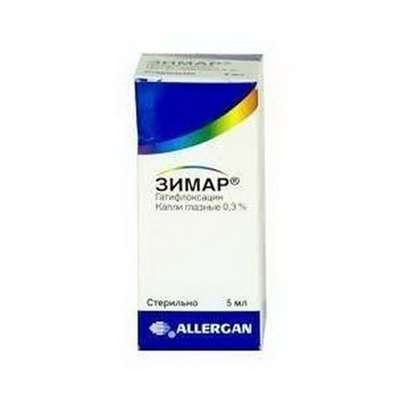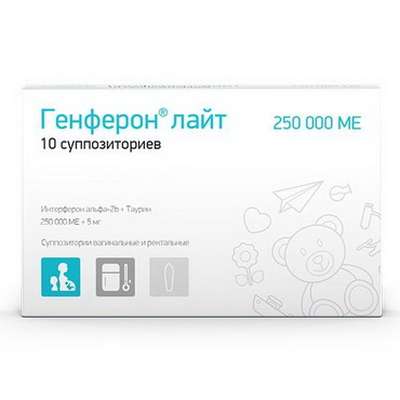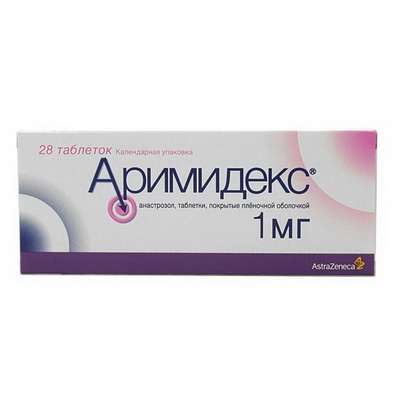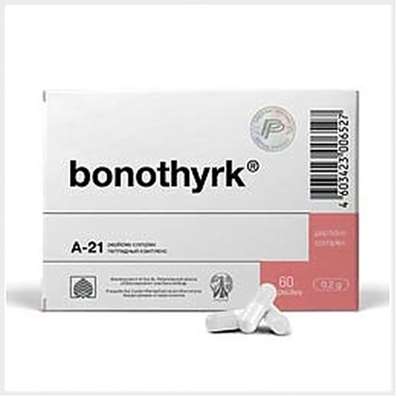Athletes competing during heat or cold
16 Jan 2017
Trainings in hot conditions
Most of athletes faced a problem of trainings and special preparation for competitions in very hot and damp weather in the summer, or in cold weather in the winter.
Changes in organism connected with heat and cold
Players of the American soccer usually begin a training cycle which passes twice a day in the training camp, during the hottest weather which can be during the whole year. Many players can lose more than 3.8 liters of liquid during one training. Except the most visible effect on sweating, losses of liquid and electrolytes, heat can lead also to other physiological consequences which influence a speech of athletes. The decision made in the 1996th year on holding the Olympic Games in Atlanta has attracted considerable interest of athletes concerning influence of a heat and humidity on their sports results. The great number of scientific experts believed that it for some athletes will be impossible to reach the peak form in such weather conditions.
Nevertheless, low temperatures don't influence performances of the athletes if at the same time there is no cold wind or a rain that can directly lead to overcooling.
Optimum temperature for trainings
Scientists have found out that for athletes optimum temperature for a performance is 10-12 °C (50-54 °F). There are less data concerning what temperature is necessary for weight-lifters, and also in bodybuilding and fitness, but are reasonable that for them the same level of temperature will be optimum.
Influence of heat on organism
Average daily temperature and level of humidity cause the greatest concern in the athletes competing in hot weather. Those efforts which are used by the athlete during the trainings and performances demand a large amount of energy which disappears with allocation by heat organism. Such allocation can take various forms, for example, a convection form (when heat from a body is simply blown off by the fan from the surface of a body), a conduction form (when take the towels moistened with cold water and put on the athlete's neck), and also a form of evaporation of the emitted liquid (when the organism sweats). Some of these forms of allocation of heat can be ineffective depending on equipment which is carried on himself by the athlete (a helmet, elbow pieces, kneecaps, shorts, etc.). Such types of equipment keep heat generated by an organism close to a body and, as a result, a great number of athletes most of all rely on release of sweat to reduce organism temperature. Loss of liquid in an organism directly leads to decrease in level of blood plasma, and it is in turn fraught with decrease in operability of heart and lungs. Moreover, the amount of the blood delivered in muscles decreases. Secondly, current athletes are concerned also that in hot weather conditions the expenditure an organism of carbohydrates as fuel raises. The fact that increase in level of a glycogen in muscles at the moment of fatigue at a high expenditure of carbohydrates hasn't been proved is represented interesting. Therefore scientists are forced to conclude that deterioration in sports indicators is caused not by shortage of carbohydrates, but inadequate thermal control. Please pay attention to Hondramin.
Drugs for adaptation to high temperature
Hot weather conditions can also influence work of a brain. Relatively recently the theory of the fact that the human brain is the central regulator of all organism gained the development. According to this theory, temperature increase of a brain and its cortex can lead to the fact that the organism won't be able hard and longly to work in a heat. Can lead to it also various neurotransmitters, for example, a serotonin which are formed in brain and cause fatigue. Scientists managed to prove that use of bupropion (the antidepressant used for treatment of nicotine addiction) allows to improve sports indicators of the athletes acting in hot weather.
Bupropion stimulates development of Dopaminum, strong neurotransmitter which positively influences motivation and a perception of fatigue. As a result athletes train more longly and much more intensively in the conditions of high humidity and the increased temperature. Unfortunately, bupropion has no the same properties in more temperate climate. Further researches will allow scientists to understand better a brain role at trainings and performances in the conditions specified earlier.
In Russia and the CIS countries drug Bemitil (Power max. Antikhot) which rises as fastness to heat, and other factors of adverse medium is used. Drug doesn't belong to doping agents.
Recommendations about food and consumption of liquid
Athletes should pay attention to how they fill energy of an organism to improve thermal control process, and also to affect those mechanisms of a brain which belong to fatigue. Maintenance of proper level of liquid in an organism and necessary amount of plasma of blood is the most important for athletes; it is reached by means of acceptance of the corresponding amount of water and electrolytes. Players of the American soccer have some difficulties with heat exchange because of wearing special equipment (helmets, shoulder straps, kneecaps). It was revealed that they lose near 2kh water liters an hour in case of trainings in hot weather. It is comparable with that how many on average the runner in hot weather (1.75l/hour), the basketball player training indoors (1.6l/hour) and the football player (1.25l/hour) loses. At the same time It should be noted that not all drunk liquid completely is absorbed by an organism; it is recommended to drink ¼ more from general losses of liquid. Both carbohydrates, and electrolytes influence liquid absorption. Both promotes normal absorption of water, at the same time both can be received from food.
Losses of electrolytes, in particular sodium, can vary within 200-1 700mg/l sweat. Usually it is more than what can be received from sports drinks. Moreover, the athletes inclined to muscular spasms, usually lose twice bigger amount of electrolytes, than those which aren't inclined to it. Potassium, calcium and magnesium belong to number of other electrolytes which are emitted together with then; the specified electrolytes to a lesser extent are removed together with then, than sodium and chlorine. Until shortage of nutrients because of the unbalanced plan of food takes place, use of sports food with these electrolytes isn't represented effective. Though electrolytes are also an important battery, athletes need to avoid the use of a large amount of sodium for once. High doses of electrolytes need to be combined with the high use of water. The American College of Sports Medicine recommends accepting 500-700 mg of sodium on 1 liter of water. It it is much bigger that how many contains in sports drinks. As a result, athletes need to watch that their organism received enough water together with enough sodium and also that the proportion of the specified elements recommended by Kolledzh of Sports Medicine was observed, otherwise recovery of water balance of an organism can be broken.
Athletes need to take into account the following recommendations concerning that how many liquids to accept to, during and after the training for the purpose of restriction of influence of hot weather for water balance and process of heat exchange.
- ·In 30-45 minutes prior to a training it is necessary to accept 470-590 ml of liquid together with electrolytes or carbohydrates in the form of sports food or special sports drinks.
- ·During the training it is necessary to use 120-240 ml of liquid each 15 minutes. Liquid shall represent carbohydrate and electrolytic drinks on the basis of water.
- ·It is necessary to accept carbohydrates in case of a long training (more than 1 hour) for the most effective implementation of exercises. A recommended dose – / activities.
- ·To the athletes inclined to muscular spasms, it is necessary to accept additional amount of sodium in especially hot and damp weather in a proportion 500-700¼ú/litre liquids or about 500-700 mg/hour of activity. In outstanding cases it is necessary to accept bigger amount of the specified electrolyte.
Read also: Sports energy drinks in house conditions
Use of sports food
In addition against the problems arising during thermal control, some types of sports food and nutrients can be used for impact on receptors of serotonin and a dopamine which regulate a brain involvement into process of approach of fatigue, especially in hot weather conditions. In the table some types of sports food of which it is worth taking cognizance are specified.
Sports delivery / Advantage of the Reference
Drinks Normalization of water balance About 0.5 l prior to a training (it is possible as a part of protein cocktails). In the course of the training to fill liquid in the small portions.
Carbohydrates and salts the Restore of power losses, normalization of saline balance Isotonic drinks are accepted during the training on according to the scheme described above. With drink about 1,5-2 g of table salt (contains 39% of sodium) in each hour of a training have to arrive.
L-Thyrosinum (L-Tyrosine) Prevents a nervous breakdown About 150 mg on 1 kg of body weight for an hour before performance of physical exercises.
Adaptogens Stimulation of adaptation of an organism to adverse conditions the Ginseng, the Eleuterococcus, the Rhodiola, the Magnolia vine, Levzey in quantities according to the instruction, before and during the training.

 Cart
Cart





